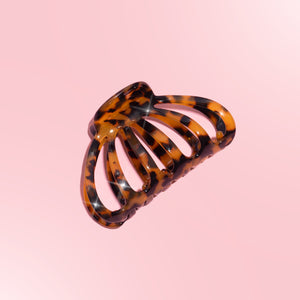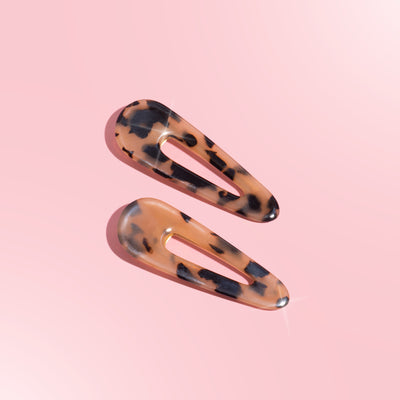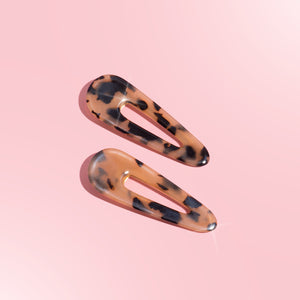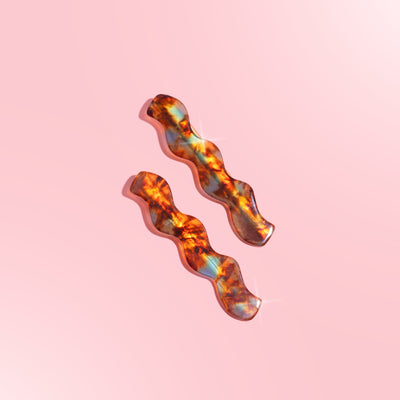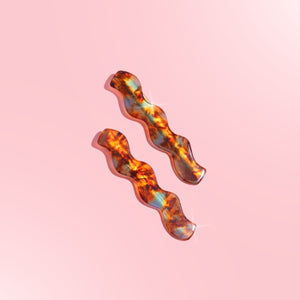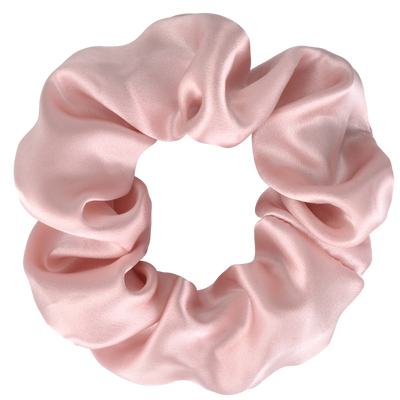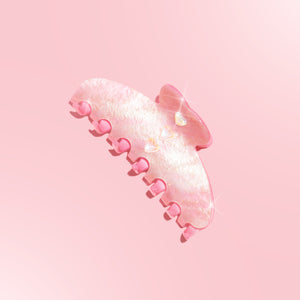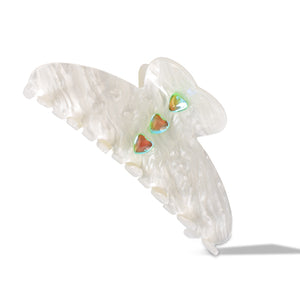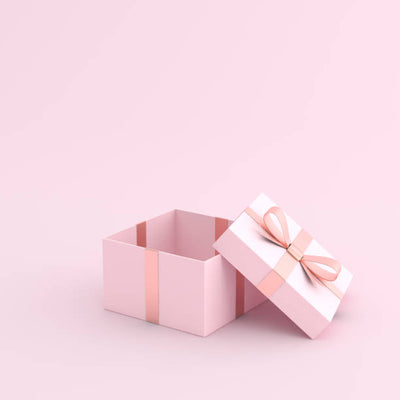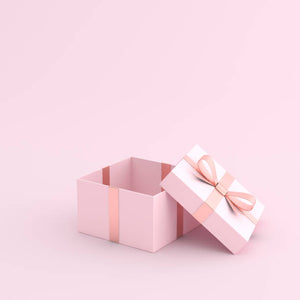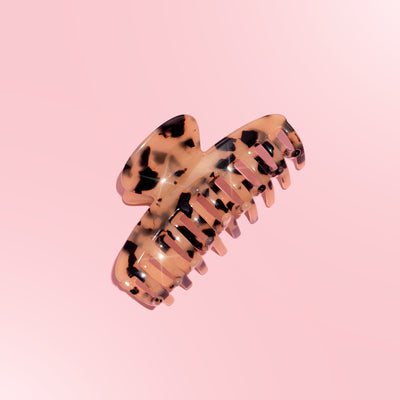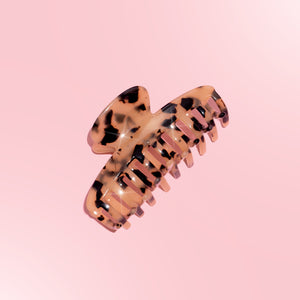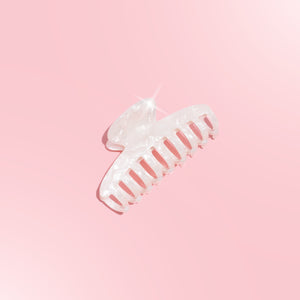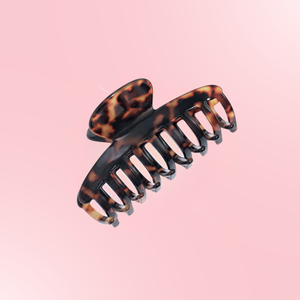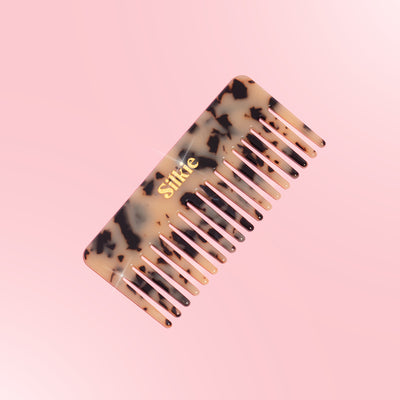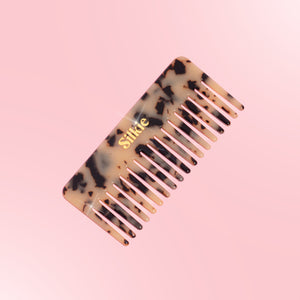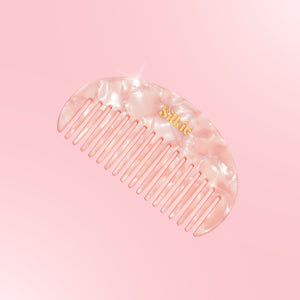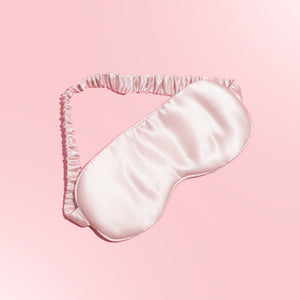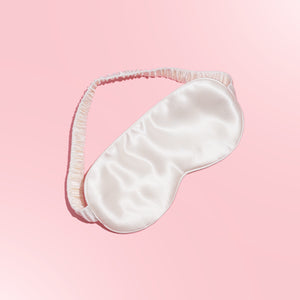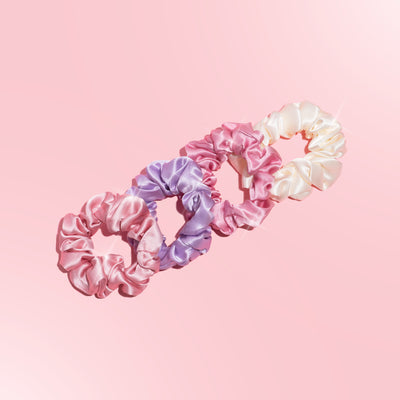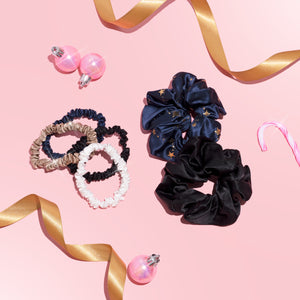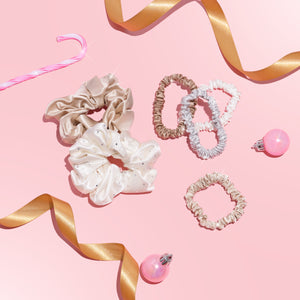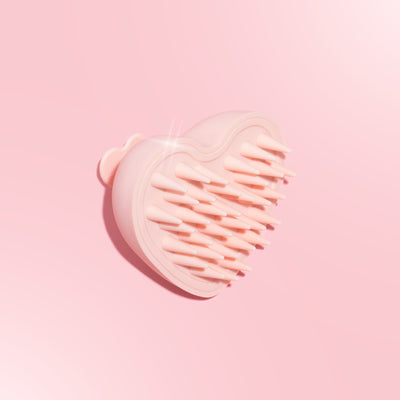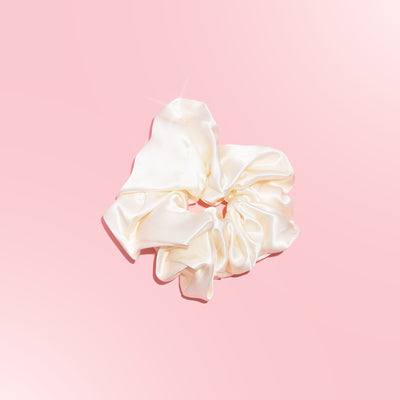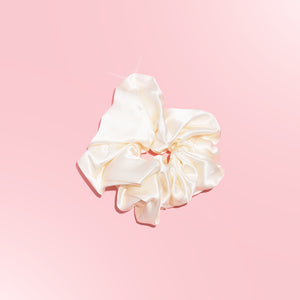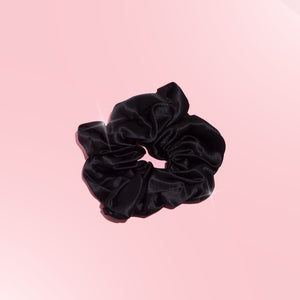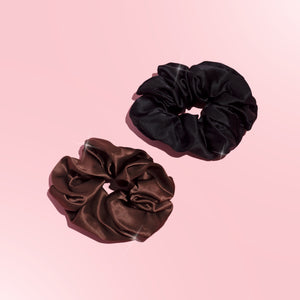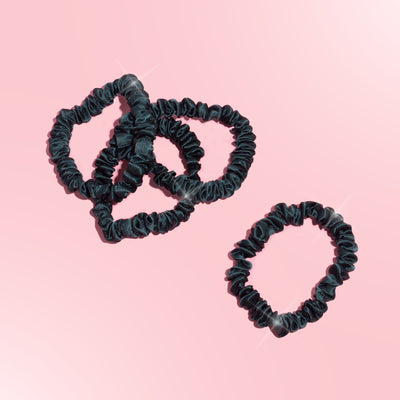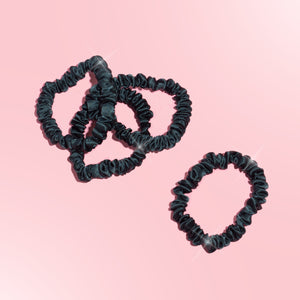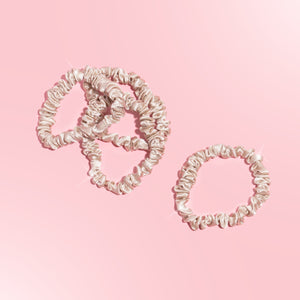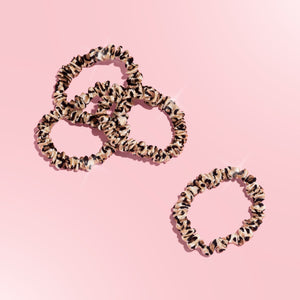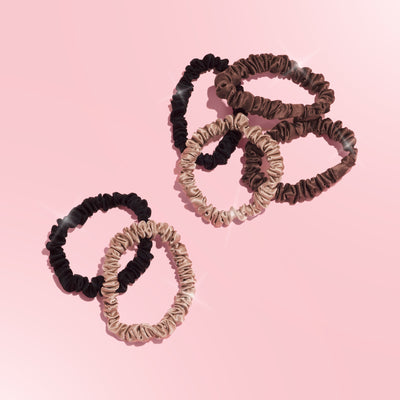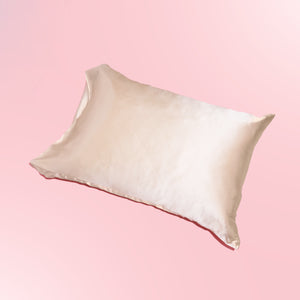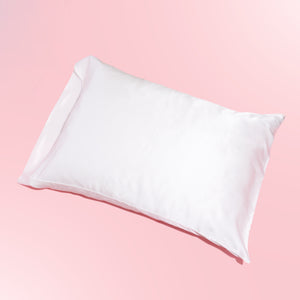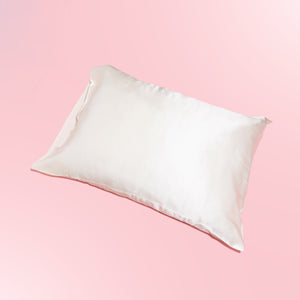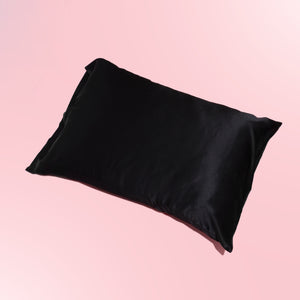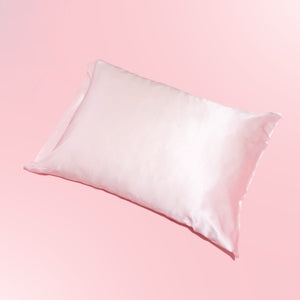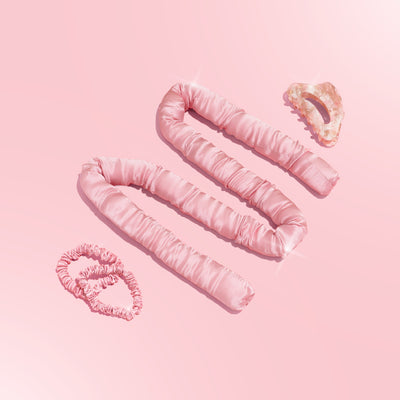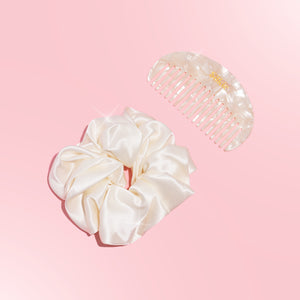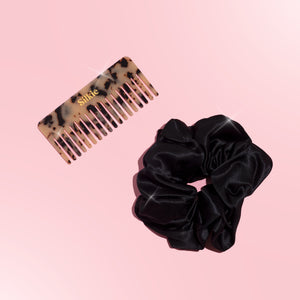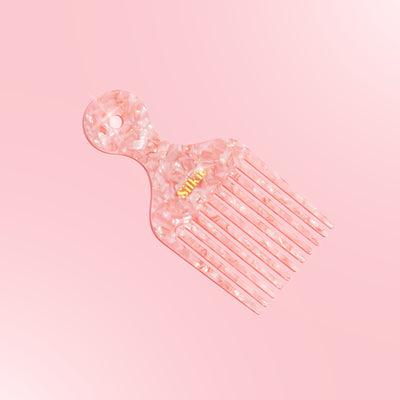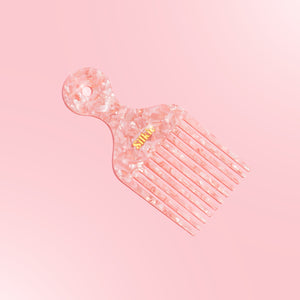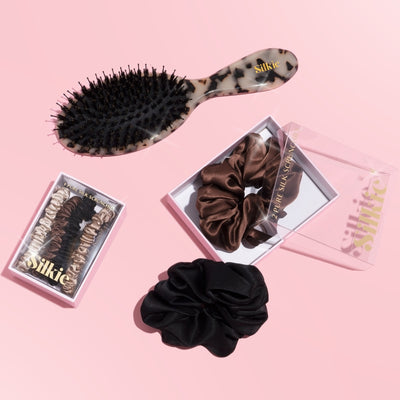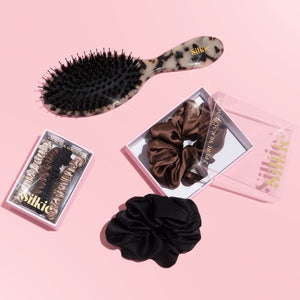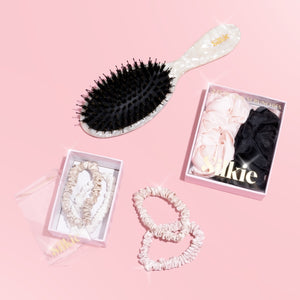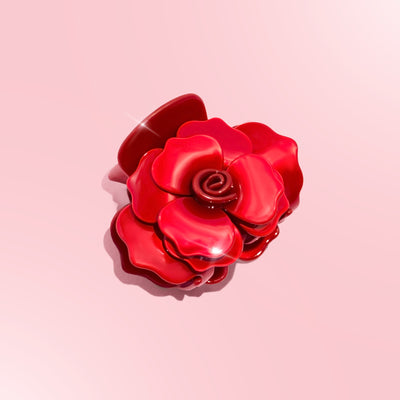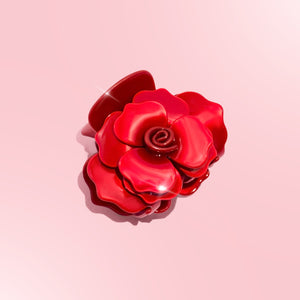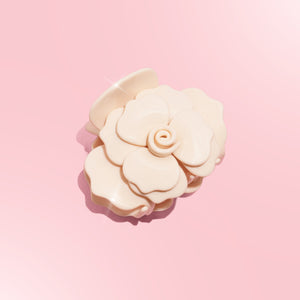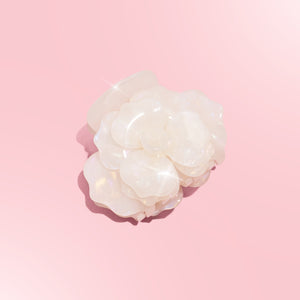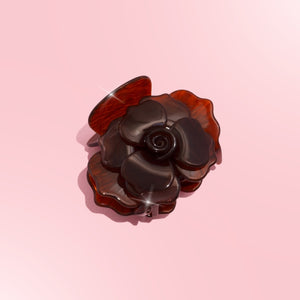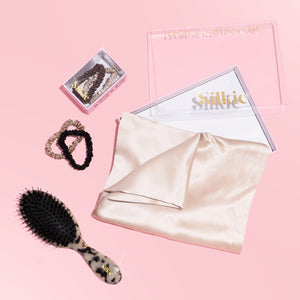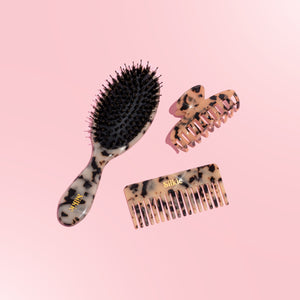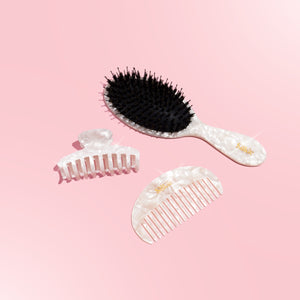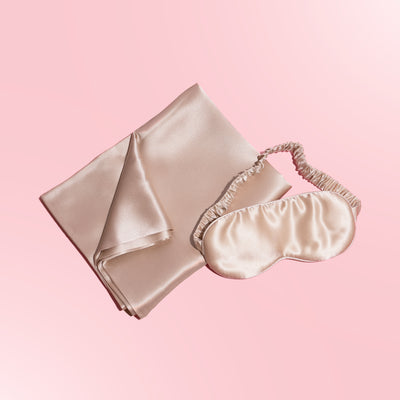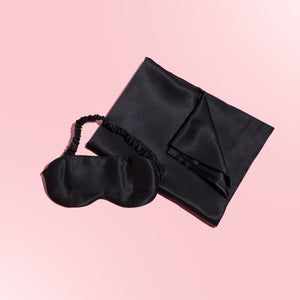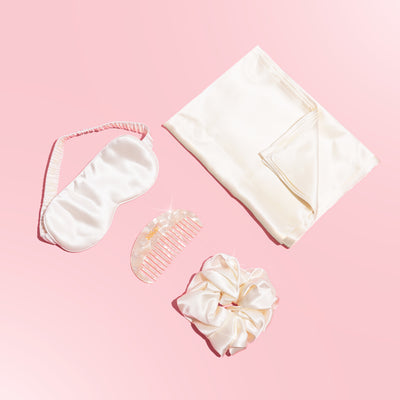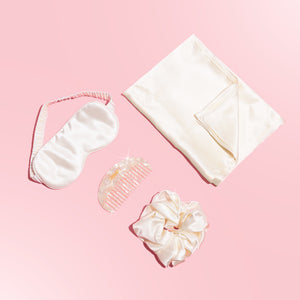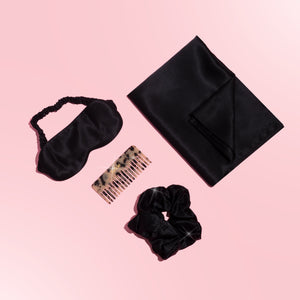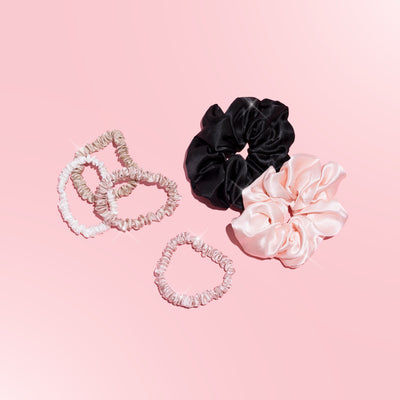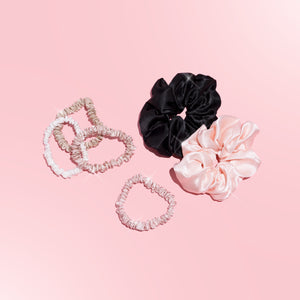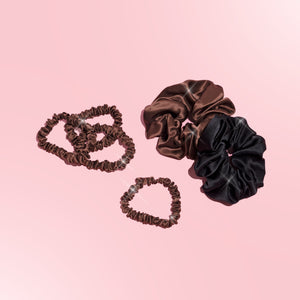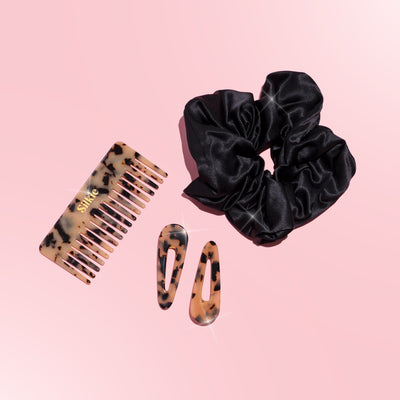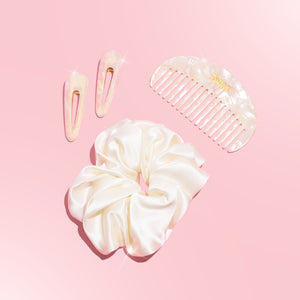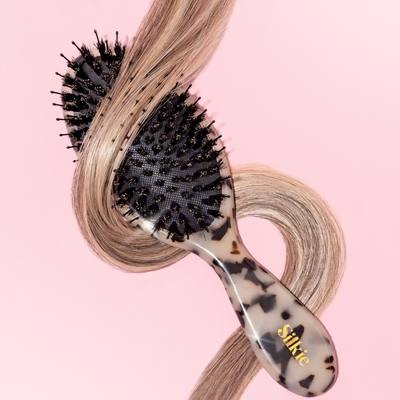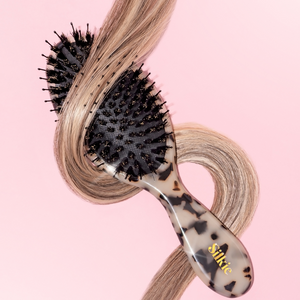Why Your Detangling Tool Matters More Than You Think
You use your comb or brush every day, but few people realize just how much these tools impact the cuticle, texture, and overall strength of your hair.
The wrong tool can:
-
Cause split ends
-
Stretch and weaken strands
-
Create friction and frizz
-
Lead to unnecessary shedding
The right one, however, can help distribute oils, maintain smoothness, and reduce tension on the scalp.
Your goal is simple: match your hair’s needs with the right tool and use it at the right time.
When You Should Use a Comb
Combs are ideal for gentle detangling and precise styling. Their structure puts less tension on the hair, especially when used properly.
Best for:
-
Curly hair
-
Wavy hair
-
Thick or textured hair
-
Wet or damp hair
-
Fine hair that tangles easily
Why Combs Work Well
A comb separates the strands without dragging or pulling, making it perfect for reducing breakage—especially when hair is vulnerable.
Types of Combs and What They’re For
-
Wide-Tooth Comb: Best for detangling without stress
-
Fine-Tooth Comb: Great for sectioning, smoothing, and sleek styles
-
Detangling Comb: Ideal for curly or coily hair
If you struggle with knots or experience breakage while detangling, a comb may be your best starting point.
When You Should Use a Brush
Brushes are designed to smooth, polish, and distribute natural oils throughout your hair. They’re the tool to reach for when you want a sleek finish or improved scalp stimulation.
Best for:
-
Straight hair
-
Wavy hair
-
Medium to thick density
-
Those needing extra shine
-
Smoothing morning tangles
Why Brushes Work Well
Brushes cover more surface area and bring natural oils from the scalp down to the ends, nourishing your hair naturally. This helps with shine, softness, and overall cuticle health.
Types of Brushes and Their Benefits
-
Paddle Brush: Best for daily brushing and smoothing
-
Boar Bristle Brush: Ideal for distributing oils and adding shine
-
Vent Brush: Great for blow-drying and reducing heat exposure
-
Detangling Brush: Perfect for easing through tangles with minimal stress
If your hair feels dull or you need smoother results, a brush may serve you better.
Combs vs. Brushes: Which Is Better for Your Hair Type?
Straight Hair
Best tool: Brush
Straight hair benefits from oil distribution and smoothing.
Wavy Hair
Best tool: Combination of comb and brush
Use a wide-tooth comb on wet hair and a brush on dry hair.
Curly Hair
Best tool: Wide-tooth comb
Curly hair is prone to snap under bristle tension, so combs are safer.
Coily or Very Textured Hair
Best tool: Wide-tooth comb or detangling comb
This reduces breakage and preserves curl pattern.
Fine Hair
Best tool: Soft-bristle brush or wide-tooth comb
Too much brushing can stress fine strands, so gentle tools are essential.
Thick Hair
Best tool: Brush + wide-tooth comb
Start with a comb, finish with a brush for smoothness.
The Hidden Factor: Friction
Even with the perfect tool, your hair still experiences friction—especially at night. Most of the breakage people blame on brushing is actually caused while they sleep.
Traditional pillowcases roughen the cuticle, create tangles, and make your morning brushing far more damaging.
This is where your choice of pillowcase becomes crucial.
Featured Product: Silkie 100% Mulberry Silk Pillowcase
A Silkie pillowcase protects your hair from the friction that leads to knots, dryness, and breakage—making both brushing and combing significantly gentler.
With premium mulberry silk fibers, Silkie helps:
-
Reduce friction
-
Maintain moisture
-
Prevent overnight tangles
-
Support smoother detangling in the morning
No matter your hair type, nighttime protection is non-negotiable. Make your tools work with your routine, not against it.
Discover the difference at www.shopsilkie.com
How to Use Your Tool Without Damaging Your Hair
Regardless of whether you choose a comb or brush, technique matters.
Start from the ends
Work your way up to avoid pulling or snapping strands.
Detangle gently
Slow, steady strokes protect the cuticle.
Avoid brushing wet hair
Unless your brush is made for wet detangling, stick to a wide-tooth comb when hair is damp.
Keep your tools clean
Product buildup transfers to your scalp and strands.
Protect your hair at night
Sleeping on silk reduces the tugging and matting that make morning detangling difficult.
Final Thoughts: The Right Tool Depends on Your Hair’s Needs
There’s no universal answer when choosing between combs and brushes. The best tool depends entirely on your hair type, your styling habits, and how you care for your hair throughout the day—especially at night.
One thing is certain: pairing the right tool with the right nighttime protection transforms your hair health. A Silkie pillowcase ensures your strands stay smooth, moisturized, and far easier to manage with any tool you choose.
Explore Silkie’s hair-protective essentials at www.shopsilkie.com

